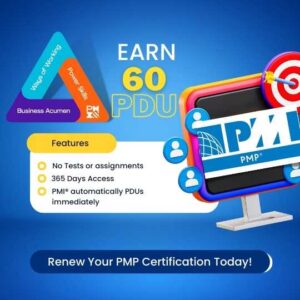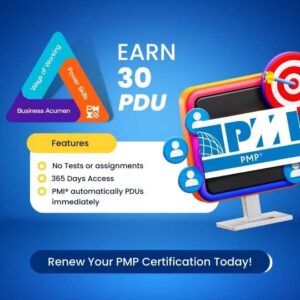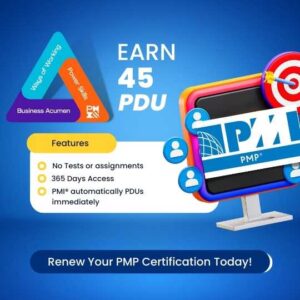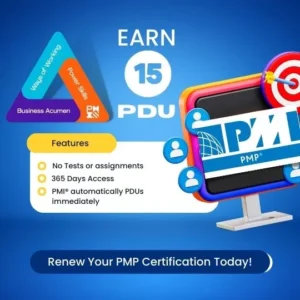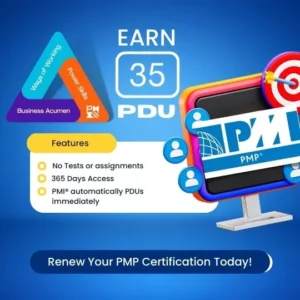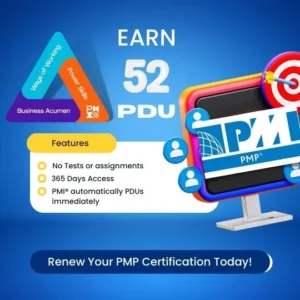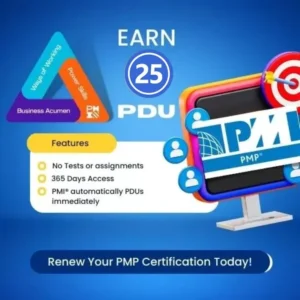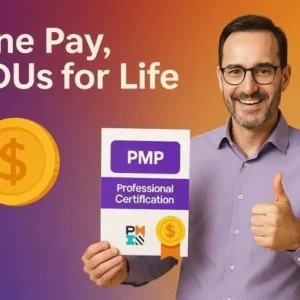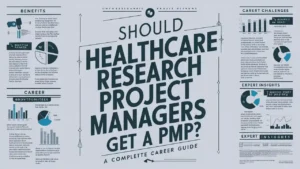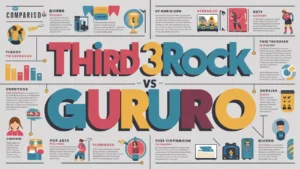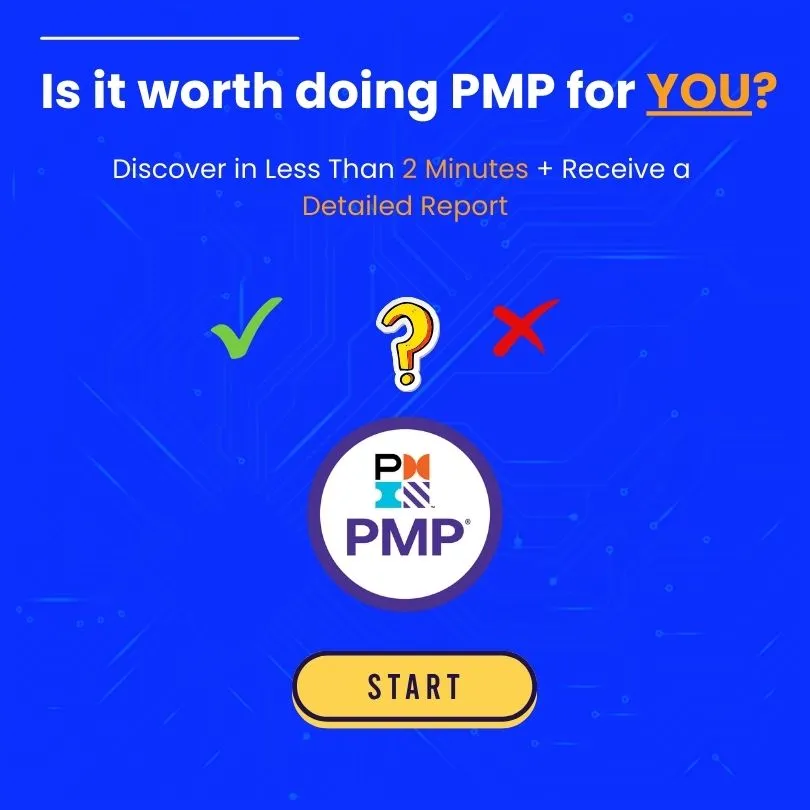Becoming a Project Management Professional (PMP) is a significant achievement in the project management world. However, PMP-certified professionals often face the challenge of translating PMP concepts into real-world projects. This guide aims to help bridge that gap effectively and help professionals understand implementing PMP Concepts In Real Projects.
Introduction to PMP Concepts
The PMP certification is based on the PMBOK Guide, which covers essential knowledge areas and processes necessary for successful project completion. These include:
- 🔗 Integration Management: Unifies all other project management processes.
- 🔍 Scope Management: Defines and controls what’s included and what’s not in a project.
- ⏰ Time Management: Focuses on timely completion of the project.
- 💰 Cost Management: Involves planning and controlling the project budget.
- ✅ Quality Management: Ensures that the project meets the necessary quality standards.
- 👥 Human Resource Management: Manages project teams effectively.
- 📞Communication Management: Ensures proper communication throughout the project lifecycle.
- ⚠️ Risk Management: Identifies, assesses, and controls risks.
- 🛒 Procurement Management: Covers the processes of purchasing or acquiring project necessities.
- 🤝 Stakeholder Management: Ensures that stakeholders’ needs are met and their engagement is maintained.
Gururo, a PMI Authorized Training Partner (#5718), is excited to offer you our comprehensive PMP® Certification Training Course with our PMP Training Plus Pack:
-
PMP Training Course
-
PMP Exam Simulator 2024
-
PMP Application Service
Get PMP certified in just 5 weeks:
-
📚 35 Contact Hours (PDUs)
-
🎥 40+ hours of on-demand videos
-
📝 14+ simulations with 3000+ questions, aligned with the 2024 PMP Exam format
-
🔍Comprehensive explanations for each question and option
-
🗓️ 365 days of unrestricted access
-
✅ Complete PMP application in 1 day, expert-reviewed with no risk of rejection
-
💬 Connect directly with your mentor
-
🏆 Course Completion Certificate
-
📖 Last-Minute Lecture Notes Recap
-
🔄 Unlimited attempts at quizzes and simulations
-
📊 Progress Tracking & Analytics
-
📂 Project Management Templates
-
🕒 24/7 support
Bridging the Gap: Theory to Practice
📝 Establishing a Clear Project Charter
A project charter should be more than a theoretical document. It’s your project’s blueprint, outlining its scope, objectives, stakeholders, and preliminary risks. Start by collaborating with key stakeholders to develop a comprehensive charter.
🤝 Engaging Stakeholders Effectively
Understanding your stakeholders is crucial. Use tools like stakeholder analysis matrices and maintain open lines of communication. Regular check-ins, meetings, and feedback sessions help align expectations and gather valuable insights.
🌍 Managing Scope in the Real World
Scope creep is a common issue in projects. To manage it, ensure you have a signed-off project scope statement. Utilize tools like the Work Breakdown Structure (WBS) to break down deliverables into manageable parts.
⏰ Time Management with Gantt Charts
Gantt charts are practical tools with significant real-world applications. Use software like Microsoft Project or other alternatives to create dynamic Gantt charts. Regularly update these charts to keep your team on track.
💲Applying Cost Management
Earned Value Management (EVM) is invaluable in real projects for monitoring performance and identifying areas of concern. Use tools like cost variance (CV) and schedule variance (SV) to manage your budget effectively.
✅ Ensuring Quality
Implement quality assurance processes and regular quality control checkpoints. Tools like Six Sigma and lean methodologies can be very useful here.
⚠️ Navigating Risks
Risk registers should be actively used, not just created. Keep an updated risk register and hold regular risk review meetings. For high-impact risks, develop mitigation strategies and assign responsibilities.
👥 Managing Human Resources
Managing resources goes beyond theory. Team dynamics are crucial. Foster a positive environment, focus on conflict resolution, and ensure clear roles and responsibilities.
Tips for Seamless Implementation
- 📚 Continuous Learning: Even after obtaining PMP, keep yourself updated with new trends and methodologies in project management.
- 🗣️ Feedback Mechanism: Encourage feedback from team members and stakeholders. This feedback can be invaluable in refining processes.
- 🛠️ Utilize Tools and Software: There’s an array of project management tools available. Find what fits best for your project.
- 🌊 Stay Adaptable: Not all theoretical knowledge can be directly applied. Sometimes, adapting and moulding concepts to fit the real-world scenario is crucial.
Conclusion : Implementing PMP Concepts In Real Projects
While the PMP provides a solid foundation in project management concepts, transitioning this knowledge into the real world requires a blend of theoretical understanding and practical insight. With effective tools, continuous learning, and a proactive approach, PMP concepts can be seamlessly integrated into any project, driving it towards success.
Remember, project management is as much about people as it is about processes. Keeping this in mind will help ensure your project not only meets its objectives but also fosters a positive and productive environment for everyone involved.

